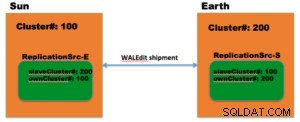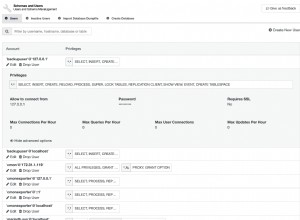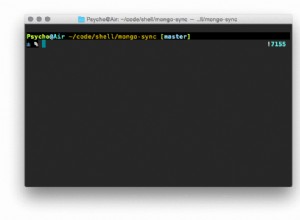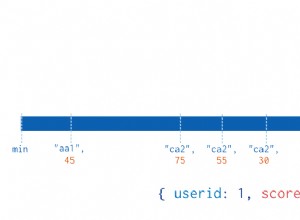L'aggregazione è piuttosto lunga ma funziona. L'idea è che devi costruire coppie (x,y) in base alle tue client_interactions Vettore. Può essere fatto utilizzando $reduce
e $map
. Quindi devi eseguire $unwind
e un paio di $group
fasi per "caricare" i tuoi dati aggregati. Hai anche bisogno di $arrayToObject
per costruire le tue chiavi in modo dinamico.
db.collection.aggregate([
{
$addFields: {
"client_interactions": {
$filter: { input: "$client_interactions", cond: { $eq: [ "$$this.productType", "A" ] } }
}
}
},
{
$project: {
a: {
$reduce: {
input: "$client_interactions",
initialValue: [],
in: {
$concatArrays: [
"$$value",
{ $map: { input: "$client_interactions", as: "c", in: { x: "$$this.productId", y: "$$c.productId" } } }
]
}
}
}
}
},
{
$unwind: "$a"
},
{
$match: {
$expr: {
$ne: [ "$a.x", "$a.y" ]
}
}
},
{
$sort: {
"a.x": 1,
"a.y": 1
}
},
{
$group: {
_id: "$a",
count: { $sum: 1 }
}
},
{
$group: {
_id: "$_id.x",
arr: { $push: { k: "$_id.y", v: "$count" } }
}
},
{
$group: {
_id: null,
"co-ocurrences-count": { $push: { k: "$_id", v: { $arrayToObject: "$arr" } } }
}
},
{
$project: {
_id: 0,
"co-ocurrences-count": { $arrayToObject: "$co-ocurrences-count" }
}
}
])




